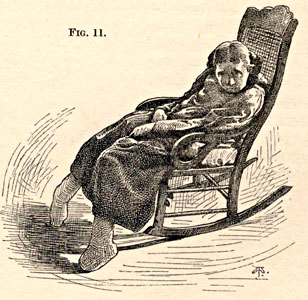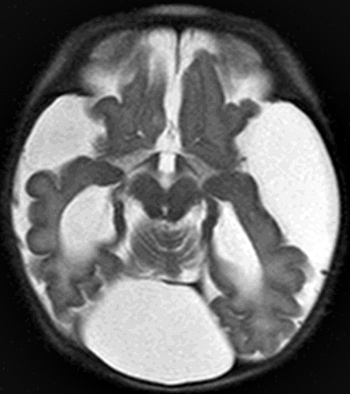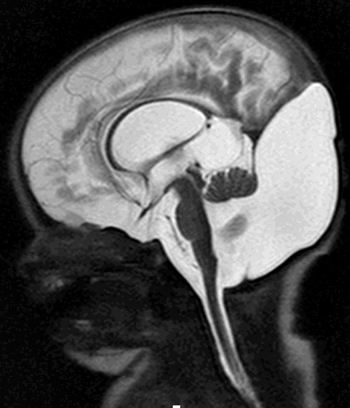Behr syndrome
The Behr syndrome is a rare inherited disorder that is associated with optic atrophy and variable neurological disorders. To distinguish from Behr syndrome II, the disease is also known as Behr Syndrome I.
The name is derived from Carl Julius Peter Behr, of the syndrome first described in 1909. Since the first about 40 cases have been published.
Cause
It is a mostly autosomal recessive disorder. It also autosomal dominant and x - chromosale modes of inheritance have been described. Underlying mutations have so far not been demonstrated. It is believed that the disease is genetically heterogeneous.
Clinical Features
The disease manifests itself from the age of 3. Through a progressive optic atrophy, that is, by tissue shrinkage (atrophy ) of the optic nerve ( optic nerve ), there is an increasing disturbance of vision with restriction of vision (visual acuity ) and narrowing of the visual field by scotoma and changes in the macula ( the macula ). The changes rarely lead to blindness. In addition, a sensory nystagmus occur.
In addition to the typical for the syndrome Optic atrophy occur neurological disorders that are intra -and inter- family variable. These include a progressive spastic paraplegia due to involvement of the pyramidal tracts, extrapyramidal disorders due to involvement of the extrapyramidal system and extra- sensory disturbances due to involvement of the posterior funiculus. In addition, contact myoclonus epilepsy, speech disorder ( dysarthria ), ataxia, urinary incontinence, and intellectual deficit on. The neurological disorders are only in the 2nd decade of life in the foreground. They lead inter alia to complaints gait disturbance up to the inability to walk.
In imaging cerebellar atrophy and symmetrical white matter changes were noted in some patients.
Demarcation
The Behr syndrome has symptoms similar to the so-called Costeff syndrome. In contrast to Costeff syndrome but no metabolic abnormalities are detectable at Behr syndrome.










